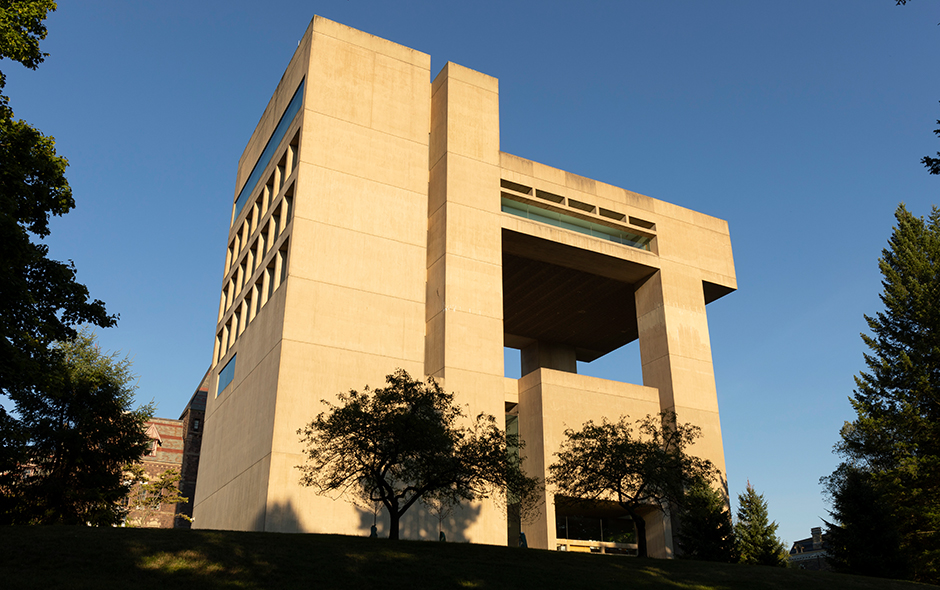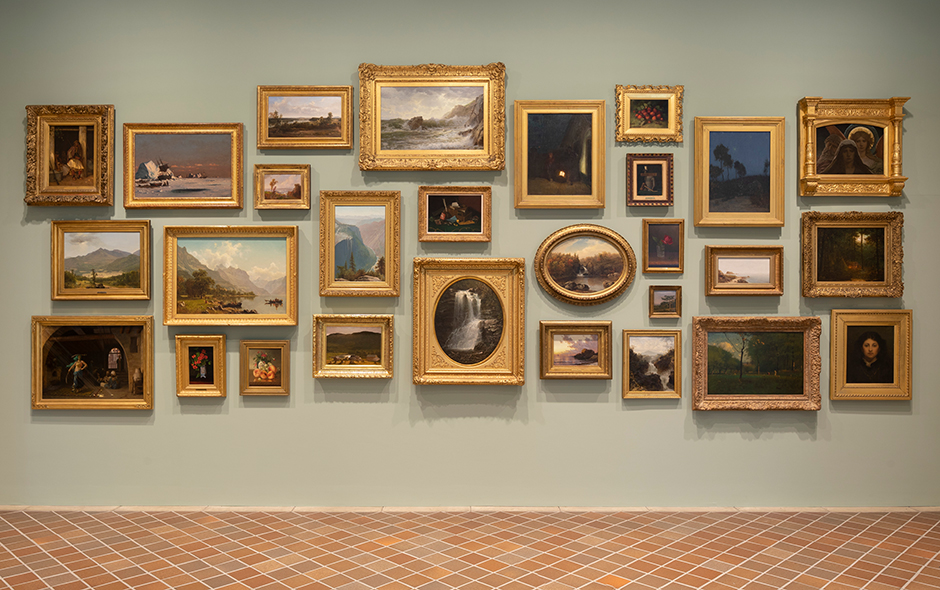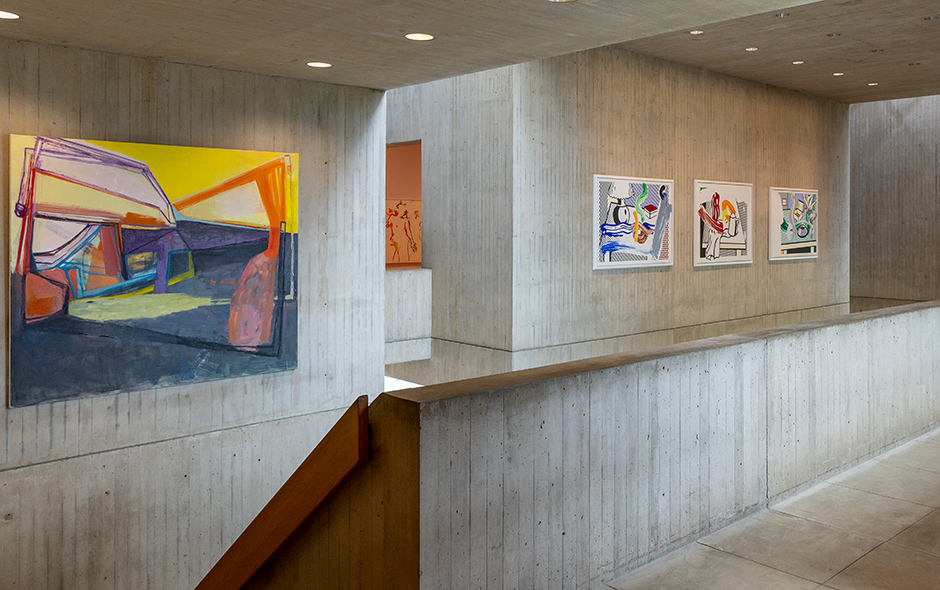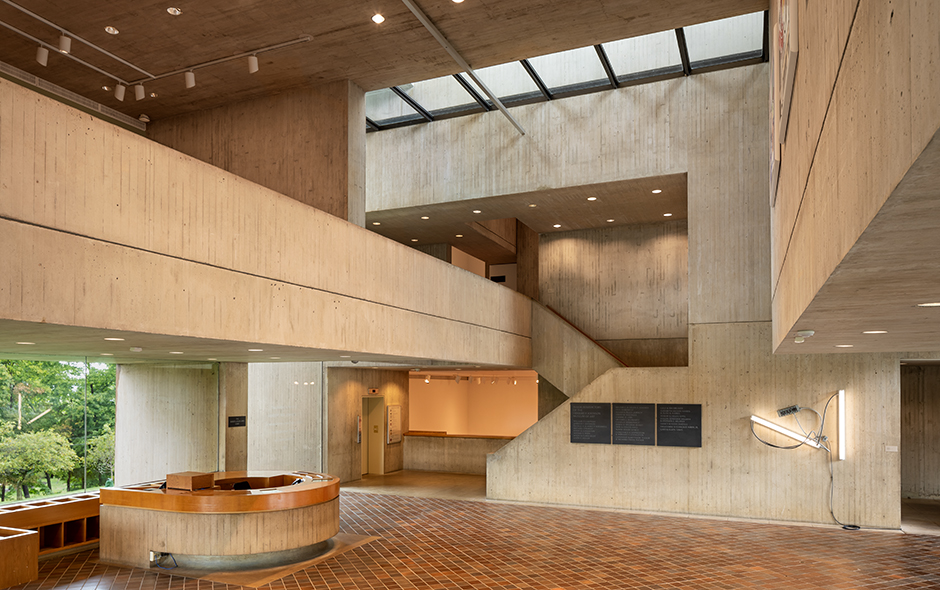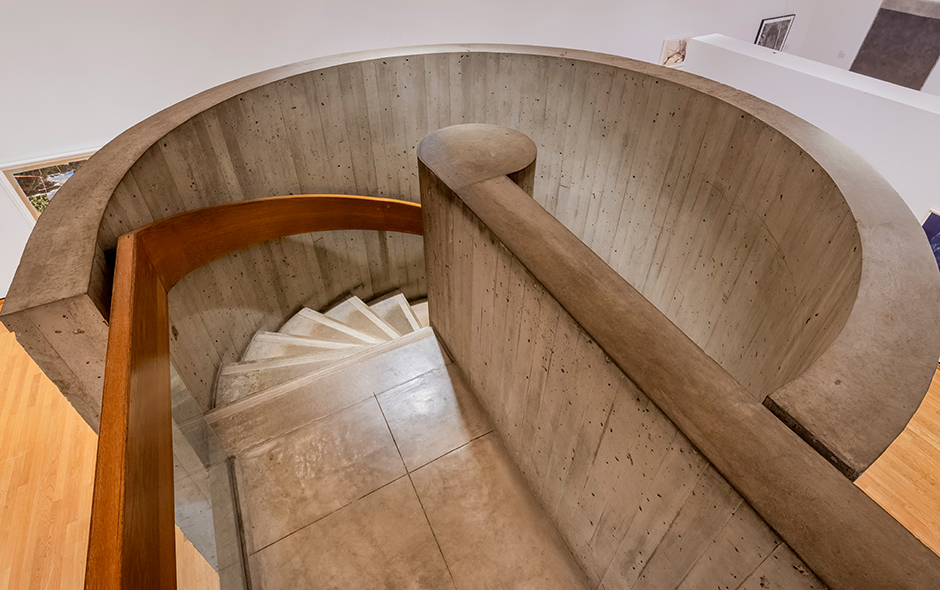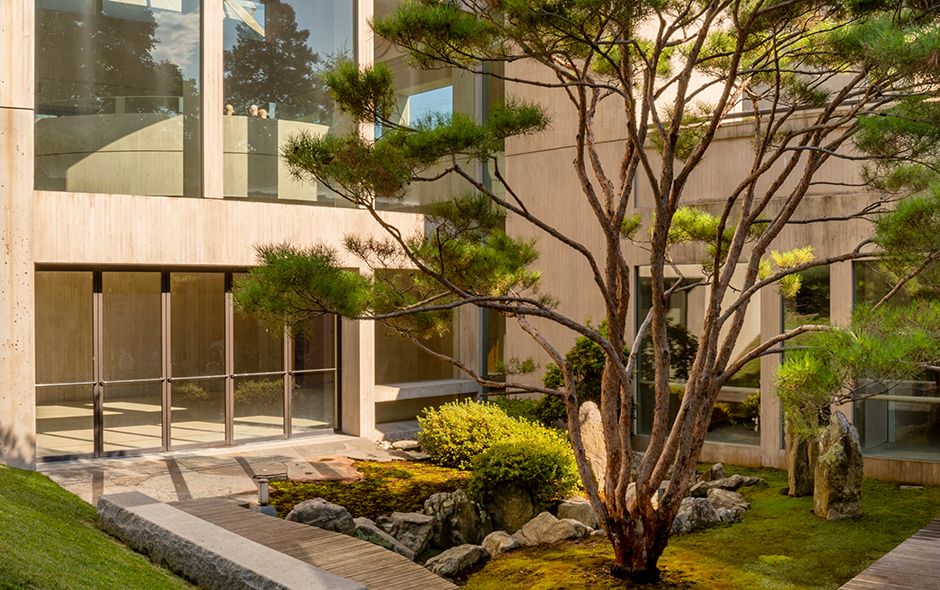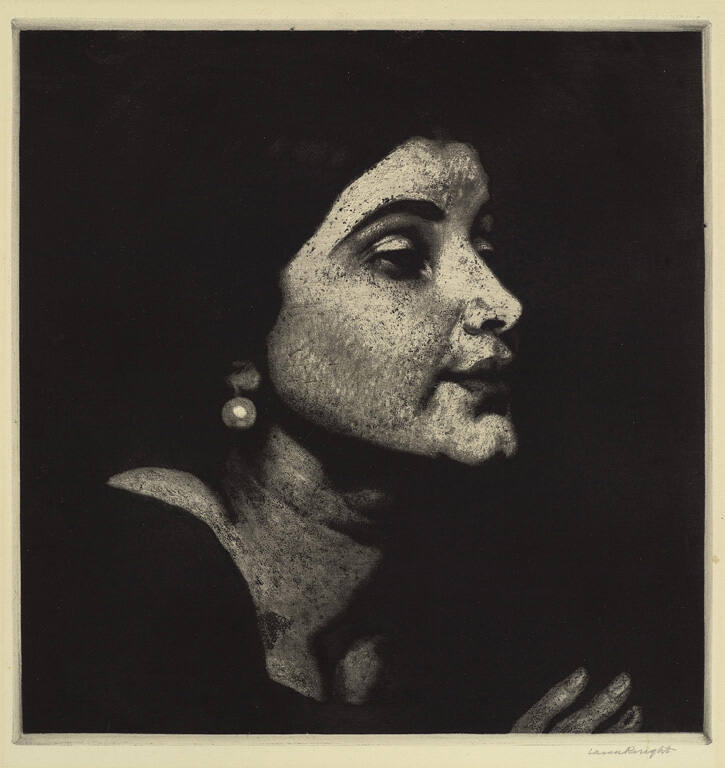Francisco José de Goya, Real Academia de Bellas Artes de San Fernando
(Spanish, founded 1744)
Esta no lo es menos (This is no less curious), Plate 67 of “The Disasters of War”

Object Details
Artist
Francisco José de Goya, Real Academia de Bellas Artes de San Fernando
Date
1863
Medium
Etching, drypoint, and aquatint
Dimensions
Plate: 6 3/4 × 8 1/2 inches (17.1 × 21.6 cm)Sheet: 9 3/4 × 13 1/2 inches (24.8 × 34.3 cm)
Credit Line
Museum Associates Purchase Fund
Object
Number
68.139
Goya produced the plates for this series between 1810 and 1820, during which time Spain was in turmo(…)
Goya produced the plates for this series between 1810 and 1820, during which time Spain was in turmoil after Napoleon’s invasion, subsequent wars, and the ever-present horrors of the Inquisition. Due to the harshly objective and critical tone of the series, the first edition of five hundred sets was not published until 1863, almost forty years after Goya’s death. While eighty- two prints are considered a complete set, the first edition includes only eighty prints. Goya had entrusted his son with the plates before he left Spain permanently, and the first eighty were given to the publisher, Real Academia de Bellas Artes de San Fernando, with the final two following a few years later.Goya’s original etching depicts the looting of religious sculptures after Napoleon’s invasion. In Chagoya’s rendition, the statue of the Virgin Mary has been replaced by Pablo Picasso’s iconic 1907 painting Les demoiselles d’Avignon. The faces of the French prostitutes are based on the masks and carvings Picasso saw on display in Paris, which had been collected from indigenous cultures outside France. By inserting an upside- down replica of this painting, Chagoya underscores how the “spoils of war” we see in Goya’s print end up stripped of their original contexts in countries far from their source. (“This is no Less Curious: Journeys through the Collection” cocurated by Sonja Gandert, Alexandra Palmer, and Alana Ryder and presented at the Johnson Museum January 24 – April 12, 2015)



